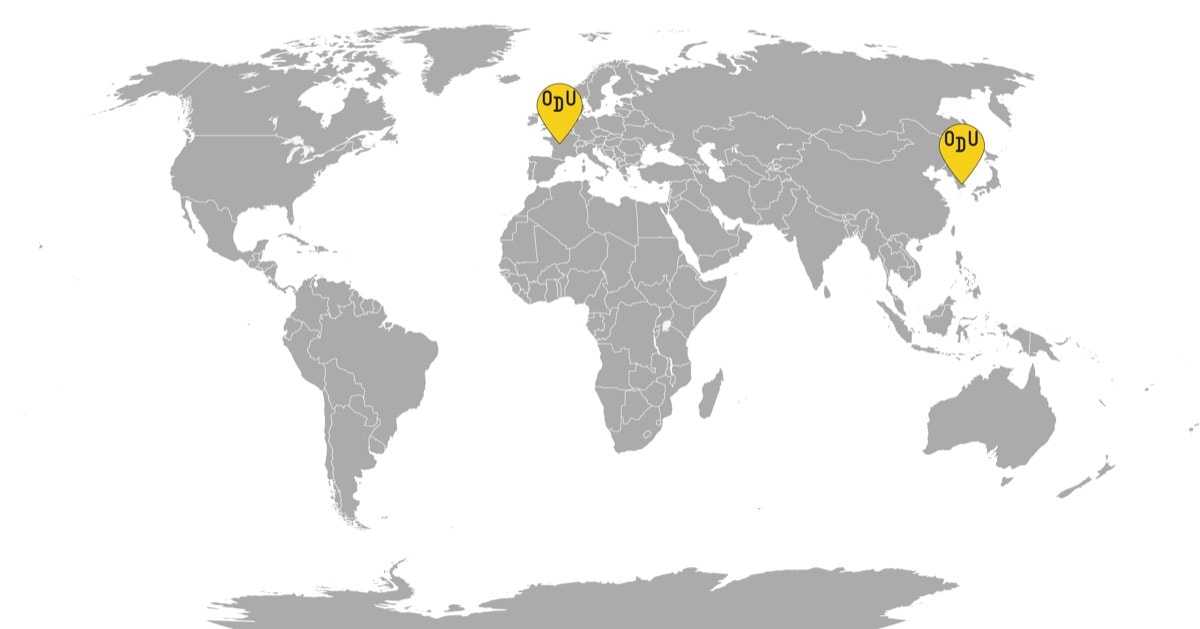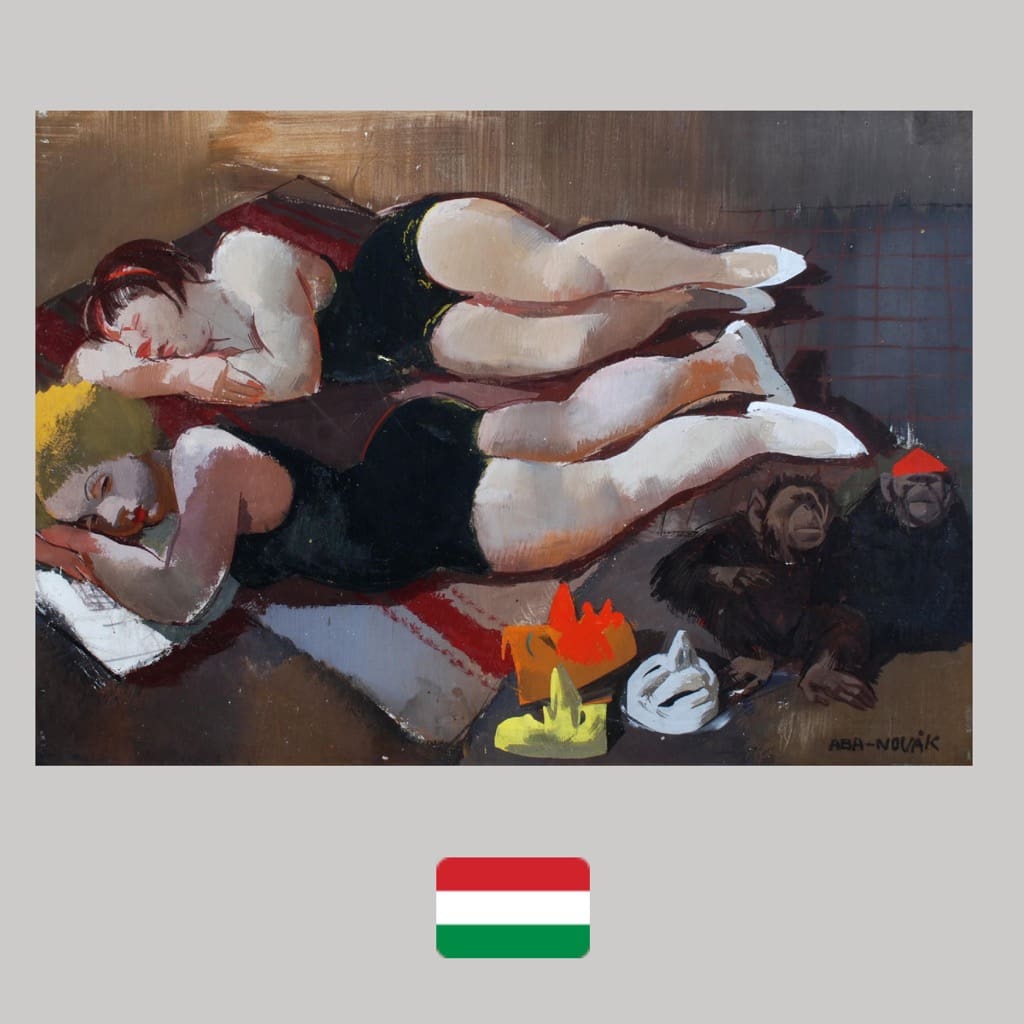A triptych in which different women reinterpret legendary dancer Isadora Duncan’s choreography she created after the death of her two small children



FROM FRANCE and SOUTH KOREA
WHAT IT’S ABOUT: When she was in her thirties, the great American dancer Isadora Duncan lost her two children—a daughter aged six and a two-year-old son—when a car with them inside rolled into the Seine. “Mother,” a dance in which she expressed her grief, is Duncan’s most intimate creation. “Isadora’s Children” follows four contemporary women as they adapt the routine to their own visions. A young actor studying the role with dedication. A middle-aged choreographer with an empty nest who forges a connection with her young protégé. And an older, famous choreographer, who watches the ensuing performance and reacts to it strongly, seeing a reflection of her own trauma in it.
WHO MADE IT: Damien Manivel is a French filmmaker who comes from a dancing background. He has a bunch of shorts behind his belt, as well as three pensive, aesthetically captivating feature films. The most recent of them is “The Night I Swam,” made in collaboration with the Japanese director Kohei Igarashi, where a small boy leaves the house to see his father on a dangerously snowy day. “Isadora’s Children” won prizes at Locarno and San Sebastian.
Elsa Wolliaston is a Jamaica-born, Kenya-raised choreographer who studied dance with Alexandra Danilova and Merce Cunningham in NYC. Upon moving to France in 1969, she continued exploring the African continent’s dance practices, traveling and researching everywhere, from CAR to Cote d’Ivoire. In France, she quickly became the central figure of the African dance movement and a prominent performer, researcher, and teacher. She had previously collaborated with Manivel in his short film “The Lady with the Dog.”
Marika Rizzi is a French choreographer and writer with whom Manivel used to dance back in his terpsichorean days. Alongside her own practice, she has vast experience teaching in dance schools for people with disabilities. The young dancer she trains in the film, Manon Carpentier, is a performer with Catalyze theatre that’s part of the social outreach organization ESAT in the commune of Morlaix, where all roles are performed by actors with particular disabilities, like Carpentier herself, who has Down’s syndrome.
Agathe Bonitzer is a young French actor from a filmmaking family. She is best known for her starring role in the French Netflix sci-fi drama, “Osmosis” and the feature films “Under the Rainbow” and “The Nun.”
WHY DO WE CARE: “Isadora’s Children” is a remarkably incisive look into what makes a dance, or any performance piece for that matter, by juxtaposing the various approaches of its four heroines centered around the same material and allowing the viewer to call what process works best. There is no clear answer, of course, and anyone might make their own conclusions, but the very structure, as the narrative elevates the tension surrounding the central performer, gives a few hints.
Bonitzer’s character is the first dancer to approach the routine: as she studies for a role, she offers careful reflections and a set of habits that betray a professional. And yet, it is her Isadora that’s the most unconvincing, as the young performer’s dedication doesn’t become a currency that’s easily exchanged into dramatic power. Beautiful and dedicated as she may be, Bonitzer is the dweller of a different land than Duncan’s piece. Without a child, without this particular searing loss, she achieves mechanical fluidity through the technique of Labanotation—a system of analysis of human movement—but never the depth of grief, even though a particular accident which rendered her unable to dance for some time is mentioned. Not tethered to the other two storylines, it, however, becomes a sort of contrasting material, a trial of isolation, that helps emphasize their gentle affectations, which Bonitzer is deprived of by the plot, making her dance a lonely call in an echo chamber. Perhaps a little cold, this part of the triptych is the admission cost, which filters out the viewers less willing to accept the film’s terms only to be regaled with the warmer areas.
WHY YOU NEED TO WATCH: What makes “Isadora’s Children” particularly interesting is how the film centers around dance heritage—the passing on from one generation of dancers to the other of the moves, the skills, the feeling. In the second segment, the choreographer, Rizzi, learned the routine from an American dancer, who, in turn, acquired it from Duncan’s students. But it is the way she passes it on to Carpentier, as they build the trust for each other while practicing the dance, that becomes a nuanced, ersatz mother relationship. Carpentier is very young, even younger than Bonitzer, but her very particular plasticity and the overwhelming anxiety she feels add a unique dimension of vulnerability and layers of meaning to the dance. The way she responds to Rizzi and then finds grounding in the dance itself is both an accurate observation of Duncan’s intent but also hope-inspiring, defiant to the injustice of fate, forging a new kind of connection despite the loss.
But the crowning jewel of the film is the appearance of Elsa Wolliaston. We encounter her as she observes Manon’s performance, the girl’s dance causing tears to stream down her eyes, and then follow her on a long, slow way home. She walks with a cane, her body heavy with age and experience. But the meaning of her movement fills every gesture, whether it’s eating dinner at a restaurant, looking through the performance’s brochure, or lighting up a candle in memoriam—might the young man in the picture be her son?—with a choreographic purpose that’s unmatched in the most practiced routine of them all. A film about control over motion, about the ability to manifest emotions in precise dancing routines, becomes an ode to the human body itself and the way it moves independently, informed by the muscle memory of the things seen, experienced, and lived.
“Isadora’s Children” is a tender film for the patient. It takes a bit to get used to its rhythm, but the sheer power those who get to the core will discover is worth it: rarely is the screen graced with such delicate yet sweeping presence that usually only dance witnessed live may convey. And as women gift this dance to each other, Isadora Duncan’s main ambition after the terrible loss comes alive. Like her, when she adopted six younger dancers, nicknamed Isadorables, the women in the film keep this cycle alive, a matrilineal kinship of dance growing strong. Come for Duncan, stay for the fascinating Wolliaston, the tender Rizzi, and for the future ahead of Carpentier and Bonitzer.
Isadora’s Children (Les Enfants d’Isadora), 2019
Director: Damien Manivel
For more content like this sign up for our weekly newsletter
WATCH THE TRAILER















